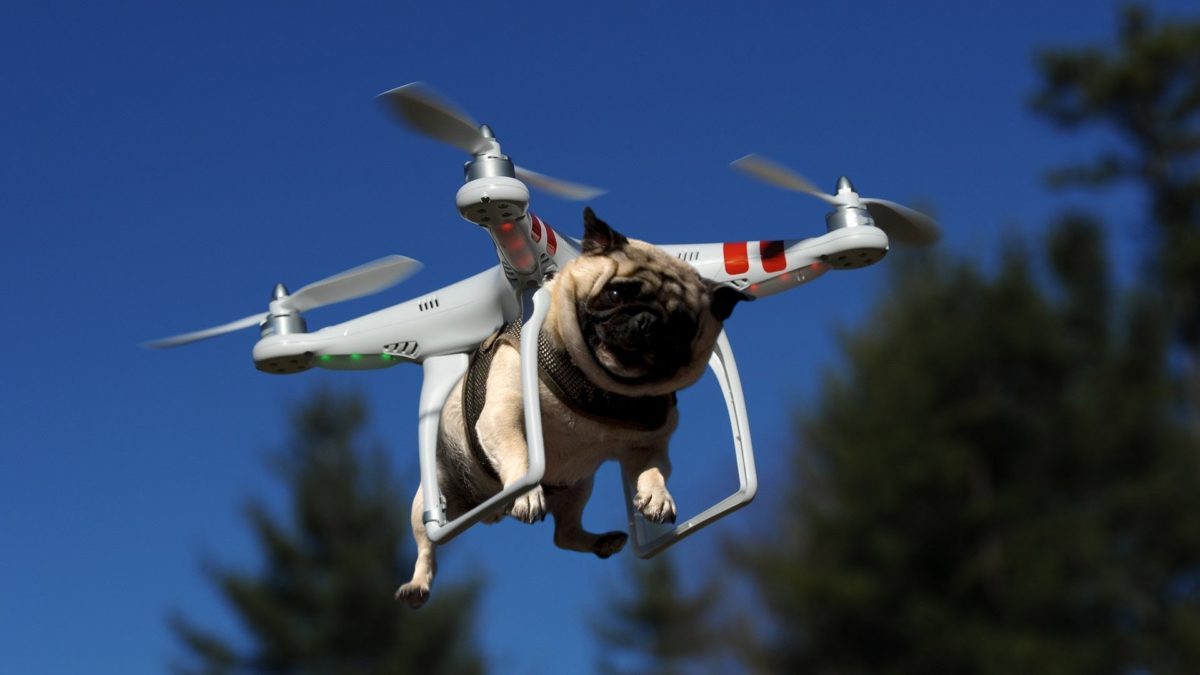“Digital Transformation Project – [HWL sample app]” TEAM 91
Introduction
Het Waterlaboratorium (HWL) is an independent partner in research and consultancy for drinking water, industry water and wastewater. In the Netherlands, every organization with a (drink)water facility is legally obligated to execute certain water quality tests. These rules apply for a broad range of different sectors. For example, HWL visits hospitals and pools, but also ships and drilling rigs. The reason for the quality checks of the water is the possibility for diseases in the drinking water like legionella. HWL carries out analyses of all types of water and advises on water treatment. HWL does this on commission and in cooperation with partners in the water chain authorities, knowledge institutions and enterprises.
Currently, the fieldworkers convert the collected data manually into the Laboratory Information Management System (LIMS). This system processes the samples to see if there are any deviations. According to the employees, this way of work is old-fashioned and needs to be modernized.
Current business
The testing process includes two teams of employees, the fieldworkers and the laboratory workers. Planning activities and the administration are done at the headquarters in Haarlem. The fieldworkers pick up their routes and paperwork every morning at that location. From there on they carry out the multiple test through the country. During the day they fill in the test results on the lists they picked up that morning. The fieldworkers return the lists and collected test results at the end of each day to the head branch in Haarlem. Thereupon the laboratory workers take over and examine the retrieved data. They manually put in the data into the LIMS. This program reports whether it finds any deviations. In other words, it states whether the test results are within the accepted interval. The laboratory workers draft a report in order to present their findings to the client and the fieldworker. Whatever the outcome of the test, the fieldworker returns to present the results. The fieldworker will retake a sample and/or shutdown the water supply system. The total process time is approximately two days, although deviations measured by the LIMS may extend it.
Description new technology
As tablet technology continues to improve, it offers a lot of opportunities to the traveling fieldworkers. Therefore, our solution for HWL to solve their issues is to integrate these tablets into their working process, as well as providing them with an app. The user-friendly tablets simplifies the fieldworkers activities and enable them to access information on the road. We deliberately chose tablet over mobile phones because of the user-friendly screen size and attractive appearance. The tablets demonstrate an innovative spirit when visiting the clients. Our solution was partially based on the improved accessibility to the mobile internet.
The HWL sample app
The HWL Sample app communicates through an API to the online bridge database. The app requests data and posts data to through the API. The online bridge database is leading, which means that the app has to sync its local database with the online bride database. The app also supports offline mode i.e. when the app is being used without an active internet connection, the saved data is stored in the local database of the app. All offline saved samples are stored in the local database in a queue table. This queue contains all the data that has not been posted to the server. The user can either manually send the items in the queue list to the server, or they will be automatically sent when the user save sample data with an active internet connection.
Analysis of the new technology
To give a quick impression of the strengths, weaknesses, opportunities and threats of the new technology, we conducted a SWOT analysis.
| Strengths | Weaknesses |
| · Quick response time
· Time saving · Cost reduction · Ease of use |
· Battery life of the tablets
· Total dependency on the hardware |
| Opportunities | Threats |
| · Extension to mobile phones
· Expansion potential |
· Slow adaptation
· Possible vulnerable to hacking · Competitors creating a similar sample app |
Conclusion
With all this in mind, we recommend the management of ‘Het Waterlaboratorium’ to implement the proposed solution to the IT problem. It is important that the application can be used by all the fieldworkers in order to reduce ‘time wasting’ and to fasten the response time of LIMS. This analysis supports the idea of introducing tablets and a HWL sample app because it will improve employee satisfaction, it will increase the efficiency per employee and also decrease the labour costs.
Tim, Roland, Wim & Tiziano
Group 91
![“Digital Transformation Project – [HWL sample app]” TEAM 91](https://digitalstrategy.rsm.nl/wp-content/uploads/2016/10/hwl-sample-app-intro-scherm.png)



